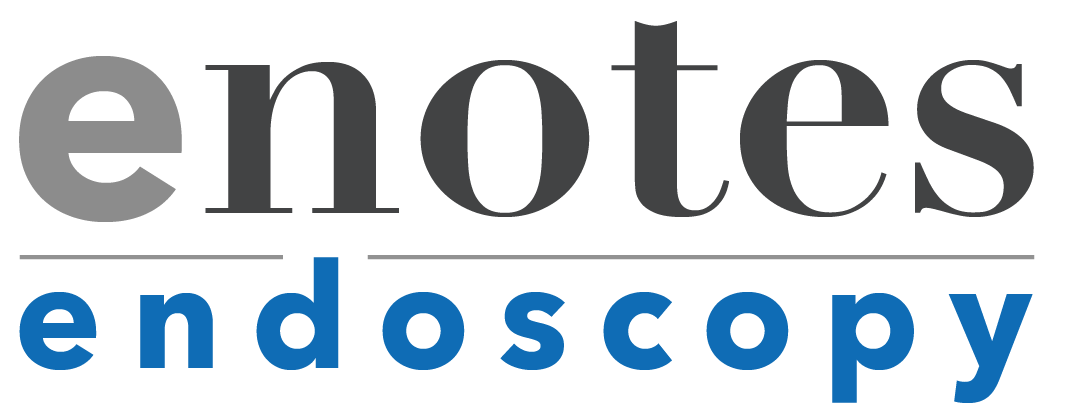An electronic documentation solution, eNotes, has been developed at the University Health Network for documenting upper gastrointestinal (GI) endoscopy and colonoscopy procedures.
About eNotes
A national data model has already been created from a previous grant, and as such key quality data and metrics can be easily identified. However, resources and infrastructure are needed to properly analyze the data. The data repository would function as an extension of the previous Structured Notes Auditing and Reporting in Endoscopy (SNARE) project. Now that the software application has been developed and is in place to begin collecting data, analyse can begin shortly. With the proper resourcing a set of reports can be created in order to review performances on an individual and institutional level in order to maintain and improve the quality of upper gastrointestinal (GI) endoscopy and colonoscopy procedures. Further data elements can be included in the data repository, such as DICOM images from the procedure, as the in-house solution has the capabilities to do such.
Multiple governing bodies will be included in order to properly create a structure with the necessary supports. The Canadian Association of Gastroenterology will act as the governance body, Cancer Care Ontario will provide a matrix, Infoway will provide guidance in analyzing data, and an in-house solution will provide that data. SNARE and GIQuIC will be references for the surgical metrics, while Page and RPage will be used for person-based metrics.
Monetary resources of a million dollars will be required in order to set up the repository, structure the information of the repository, and to define a process. An analyst will need to be hired in order to guide the organization of the data, and a PM or VA will also need to be included to define metrics, keep the project on track, coordinate the reports and communicate them. The upkeep, maintenance, and support of the repository and reporting functionality will also require a number of bodies. The timeframe of this project will be between two to three years.
The benefits of the described repository will continue in advanced care for the client. A post-discharge model has been created and the analytics that can be performed with the data will significantly improve patient care. Patient generated reports can be created to give patients access to their information, combined with the procedural notes and images that the in-house application captures would give patients the full scope of their care.
Furthermore, the application would gather information that would help and work with patients in order to properly track their care and well-being giving the information to both the patient and their primary care physician.

Tip Sheet PDF
Demo Videos
If the video launches at a lower quality please give your browser a moment to buffer or
manually change the resolution using the gear icon in the lower right corner of the video.
